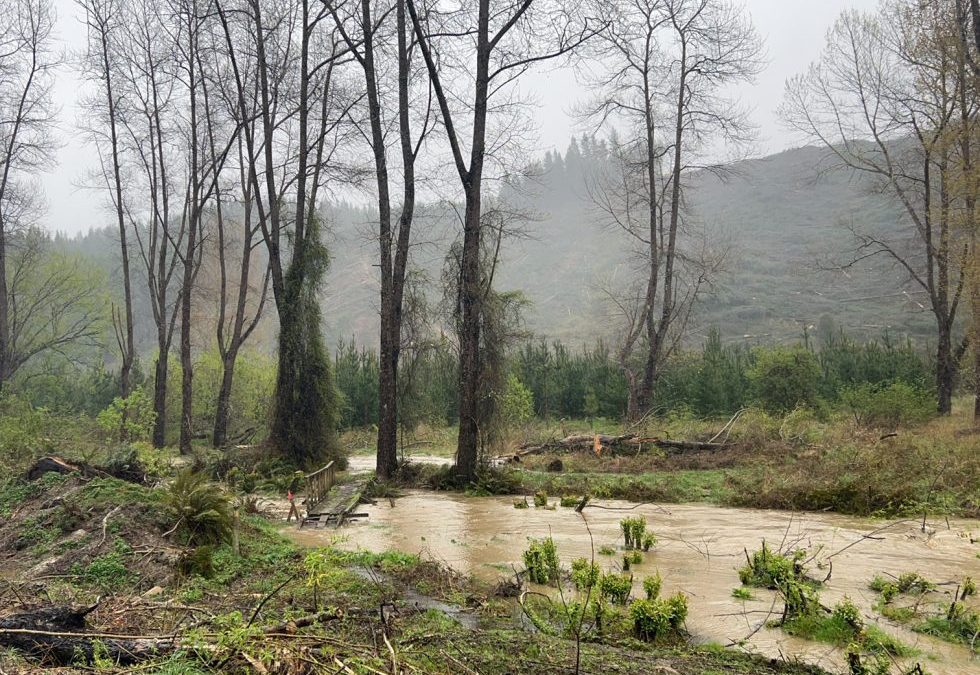Dunedin City and Clutha District Councils declared states of emergency on Friday, 4 October, following record rainfall in coastal Otago and parts of Southland. These were lifted two days later, on Sunday, 6 October.
Dunedin recorded 238mm of rainfall during the storm, but rain fell unevenly across the region – Mosgiel only recorded 150mm, Dunedin Airport 99mm, Milburn 160mm and Toko Mouth 353mm.
Despite the deluge, there were no reports of widespread damage from forestry slash. Some Otago forestry companies, including Wenita, are working with neighbours to tidy up isolated incidents, but the consequences from this storm were very different from those experienced by the East Coast (Gisborne and northern Hawke’s Bay) in the wake of Cyclone Gabrielle.
Otago’s soils and most forested slopes differ from those on the East Coast, and while it may have helped that coastal Otago’s heaviest rains were steady rather than torrential, they fell on already saturated ground and lasted for over 48 hours.
This incident highlights the forestry industry’s frustration with the controversial Otago Regional Council (ORC) draft land and water plan, due to be notified at the end of the month. There is no reason for the ORC to expand on rules already established through a separate nine-year process to set national environmental standards for commercial forestry. The October 100-year storm has proven that.
